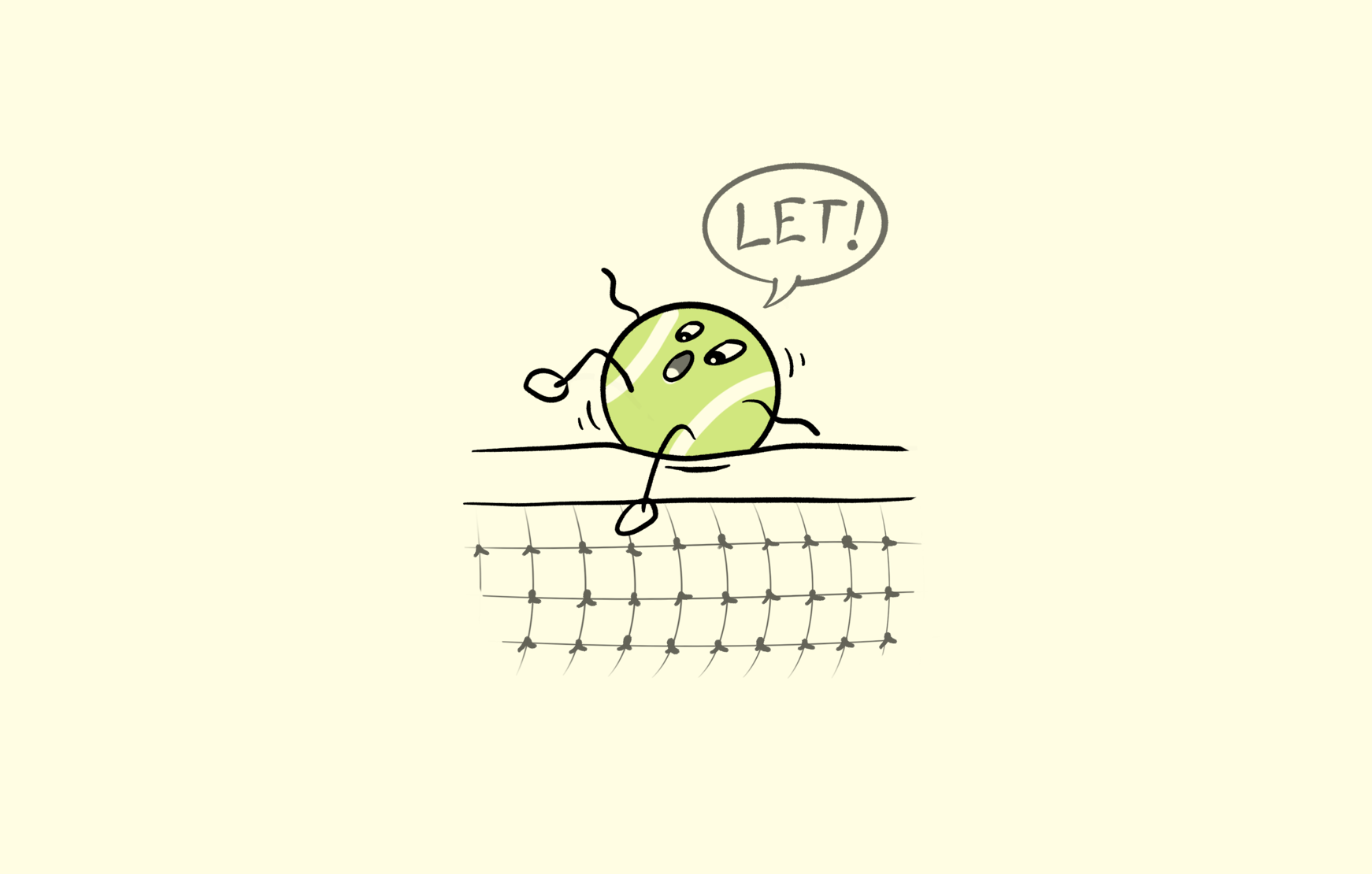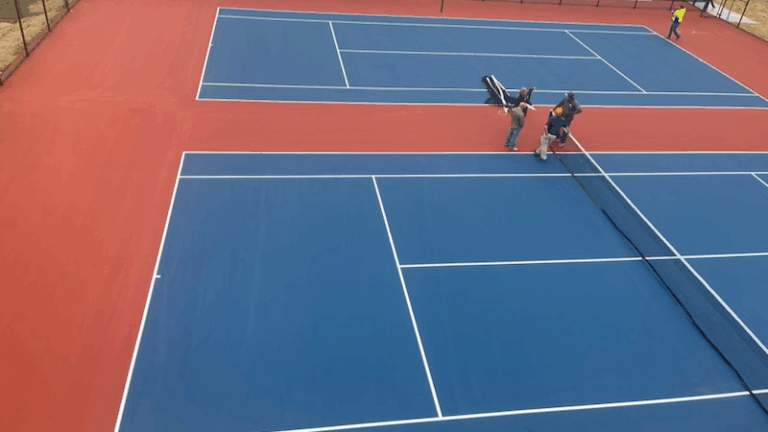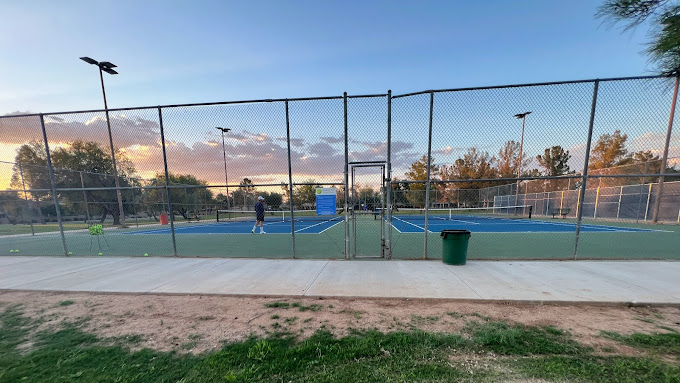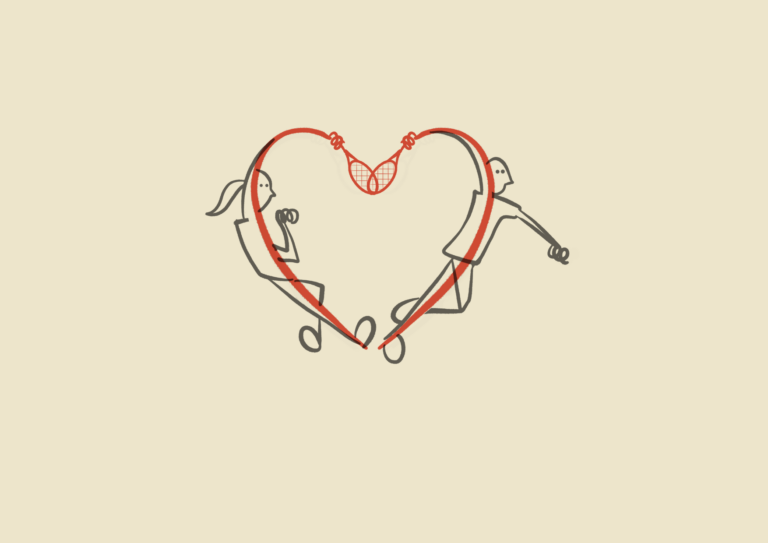“Let” in Tennis: Know How and When to Call it
Tennis has a lot of unique terminology, ranging from “love”, “bagel”, and “let”. Knowing what a let is, how to call it, and what to do when it is called, is crucial to playing tennis.
What does “let” mean?
A let in tennis basically means “redo”. If a player or a referee calls a let, this is a call to either redo the point or the service. For a let to occur, it must be called by one of the two players on the court or a present referee, not by spectators. So, what are the special subcategories of lets, and how should you call one?
When is “Let” called?
Service Let
A service let occurs when a player’s serve hits the top of the net but goes over, landing in the opponents service box. This can happen on the first or second serve, and there is no limit. Your opponent could, potentially, hit five lets in a row, and this is allowed. As soon as the ball hits the net and bounces into the service box, you must call a let.
Other types of Let
While service lets are the most common type of let, they are not the only kind. For example, if a ball rolls into your court and enters a playable area. This could occur if you’re playing a match with others on the court next to you and a ball rolls onto the court during a point. A similar let could also occur if a ball falls out of your opponent’s pocket during a point.
Immediately, call a “let”. This signals a do-over, and whoever is serving at the moment will get to re-do the serve and point. How can you tell if a rolling ball is really a let? As soon as it enters a playable area, aka any area a player could feasibly move during a point, you are free to call a let.
Another kind of let that is not particularly common would be a hindrance. Hindrances can either be unintentional or intentional. An unintentional hindrance could occur if your opponent, or even a player on the court next to you, falls and starts to yell loudly. If this hinders your ability to play the point, call a let. The same goes for something completely unavoidable and strange–say you and your opponent are playing at night and the lights go off on the court, this is a let. Or say someone’s hat falls off in the middle of the court in a dangerous area, a let could also be called.
Calling a let requires that you be respectful and honest. Say you saw a ball rolling in the distance but it only entered the court after you hit a forced error into the net. This is not an instance to call a let. Most importantly, when you are calling a let, be respectful of your opponent, and do not make a call only because it benefits you. Be an honest player.
How to call
Call a let loud and proud. As soon as your opponent’s serve that hits the top of the night lands inside the service box, clearly and loudly call “let”. The same goes for other lets. Being strong with your calls is key to playing solid tennis. You will hear other players be more casual with their calls, sometimes saying “take two”, meaning take two serves, after a let. If there’s a ball rolling onto your court, and it reaches playable territory, call a “let.” This avoids any discrepancies about when a let was called, and it also prevents injuries if there is a ball in playable territory. The same goes for hindrances.
History of the word “Let”
Where did the word “let” come from in tennis? No one knows for sure! Some suggest that it comes from the French word for net, which is “filet”. That is just one theory. Others suggest that it comes from the old English word “lettan”, which meant to obstruct or block, or to hinder.
FAQ’s
Is any service that hits the top of the net a let?
No. When determining whether you should call a let, wait and ensure that the service attempt lands inside the service box. If it lands outside the service box, this is not considered and let, and the server either double faults or moves onto their second serve.
When are lets played in tennis?
No. While lets occur and are called during pro matches because there is an official always present, college tennis does not. Players have to call their own lets in college so to remove any controversy or unsportsmanlike behavior, matches are played with no-lets. So if a serve hits the net and falls into their opponent’s service box, it is a point to the server.
Is a service let a fault?
No. A fault is when a serve is lost. However, with a service let, the player gets to redo that serve. If there is a let on their first serve, the player receives two more serves. If it is on their second serve, they get to redo that serve.
Can either player call a let?
Yes, either player can call let but it should be done promptly so there is no confusion. Say a winner occurs after a serve there should not be an inquiry as to whether there may have been a let. That will only cause confusion and is too difficult to resolve.








